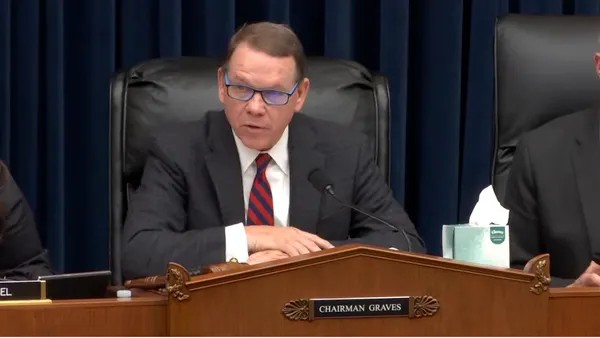Bold action on multiple fronts is needed to ease local revenue disparities between wealthy and less wealthy districts in neighboring communities, a recent Bellwether report suggests.
Specifically, the report recommends updating state funding formulas so weighted student-based funding approaches include a sufficient base amount per student, as well as generous additional allocations for students in poverty and those needing learning interventions.
At the local level, leaders should discuss and advance solutions that reduce disparities, the report says. Some of those solutions may include district consolidations, caps on the local revenue districts can raise above the state formula amount, and policies that ensure districts that levy similar tax rates can generate similar levels of per-pupil revenue through added or matching state revenue.
The Bellwether research analyzed education funding inequities within 123 large metro areas in 38 states and was particularly focused on funding disparities among districts in the same region. The study found wealthy districts often generate much more local funding per student than less affluent districts because of economic segregation.
Also evident were big differences in taxable property wealth that allow richer districts to raise revenue more easily compared to less affluent districts with lower tax rates.
Southwest Connecticut, for example, has highly affluent communities along with some pockets of highly concentrated poverty. There, the most wealthy districts — as calculated through median household income and median property value — spend $28,899 per pupil in average state and local revenue. But in the area's less wealthy districts, the combined state and local revenue averages to $17,351 per pupil.
"One thing is crystal clear: If the policy status quo persists, so, too, will the disproportionate advantages for affluent communities in many states’ public school systems," the report said.
Here are more figures from the Bellwether study:













